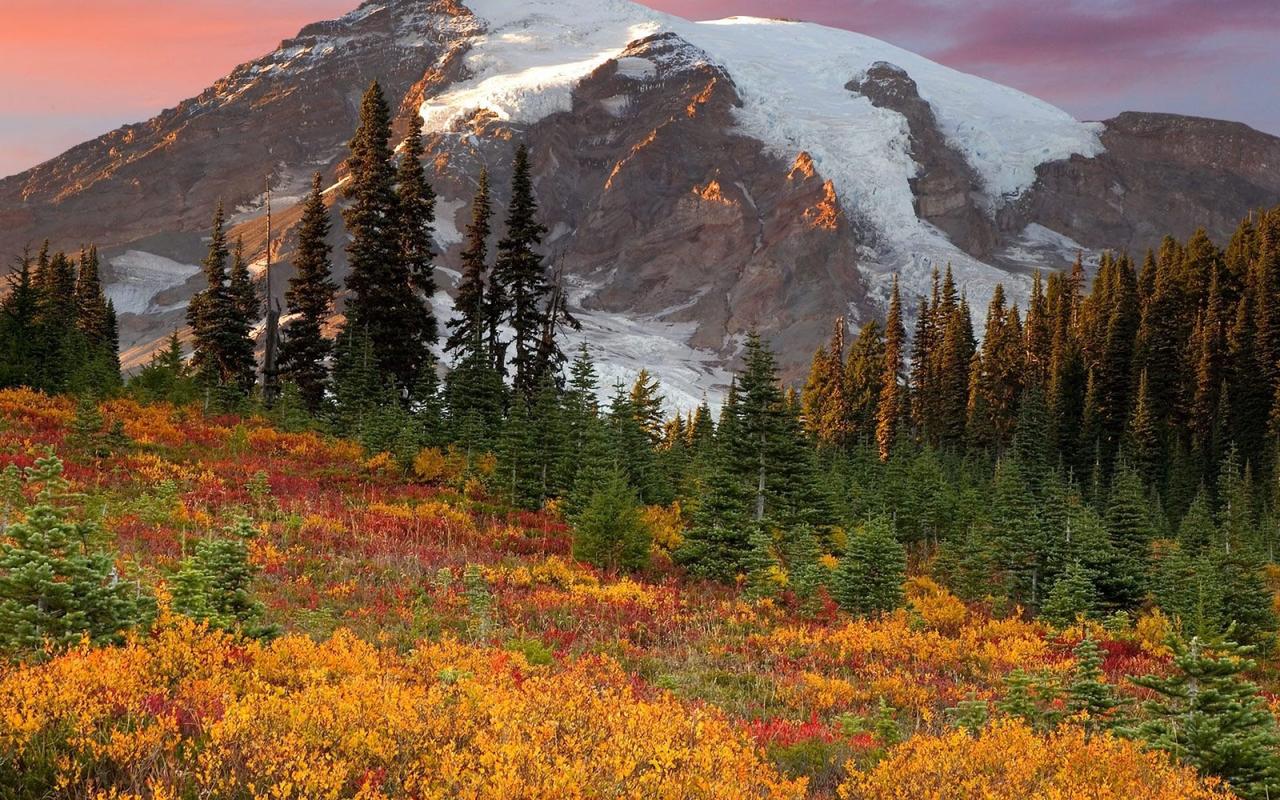The Meaning Behind the Day of the Dead: An In-Depth Look at This Mesoamerican Celebration
The Day of the Dead, or Día de los Muertos, is a vibrant and colorful celebration that takes place on November 1st and 2nd in Mexico and other parts of Latin America. This Mesoamerican holiday has ancient roots and is a tribute to the lives of loved ones who have passed away. In this article, we’ll take an in-depth look at the meaning behind the Day of the Dead and explore how this celebration is carried out.
The Origins of the Day of the Dead
The Day of the Dead has its roots in the indigenous cultures of Mexico and other parts of Mesoamerica, including the Aztec, Maya, and Toltec civilizations. These cultures believed in the afterlife and saw death as a natural part of the cycle of life. They viewed death as a journey to a new beginning and believed that the spirits of the deceased returned to the world of the living during the Day of the Dead.
When the Spanish arrived in the Americas in the 16th century, they brought with them their own traditions, including the Catholic celebrations of All Saints’ Day and All Souls’ Day. Over time, these traditions merged with the indigenous beliefs, creating the unique celebration of the Day of the Dead that we know today.
The Symbols of the Day of the Dead
The Day of the Dead is a visually stunning celebration, characterized by colorful decorations and intricate altars, or ofrendas, dedicated to the deceased. Some of the most common symbols of the Day of the Dead include:
– Calaveras – These brightly colored skulls, often made of sugar or clay, are a ubiquitous symbol of the Day of the Dead. They represent the idea that death is not something to be feared, but rather something to be celebrated.
– Marigolds – These vibrant orange and yellow flowers are commonly used to decorate altars and graves during the Day of the Dead. The powerful scent of the marigolds is believed to help guide the spirits of the deceased back to the world of the living.
– Pan de Muerto – This sweet bread is baked especially for the Day of the Dead and is often decorated with a representation of a skull or crossbones. It’s believed to be a favorite food of the spirits, who return to the world of the living to share in the celebration.
How the Day of the Dead is Celebrated
The Day of the Dead is a joyous celebration filled with music, dancing, and feasting. Families gather together to honor their deceased loved ones and to create elaborate ofrendas in their memory. These altars are laden with offerings such as food, drinks, flowers, candles, and photos of the deceased.
One of the most important elements of the Day of the Dead is the belief that the spirits of the deceased return to the world of the living during the celebration. Families often visit the graves of their loved ones, bringing offerings and decorating the burial sites with candles and flowers.
In some parts of Mexico, parades and processions are also an important part of the Day of the Dead celebration. Participants dress in elaborate costumes and paint their faces to resemble calaveras, creating a vibrant and festive atmosphere.
The Importance of the Day of the Dead
The Day of the Dead is an important celebration in Mexican and Mesoamerican culture, emphasizing the importance of death as a natural part of life. It’s also an opportunity to honor and remember loved ones who have passed away, keeping their memory alive and celebrating their life and accomplishments.
The celebration of the Day of the Dead has also gained popularity outside of Latin America, with many people now embracing this unique and colorful tradition worldwide.
Conclusion
The Day of the Dead is a vibrant and meaningful celebration that has its roots in Mesoamerican culture. Through its colorful symbols, intricate altars, and joyous celebrations, the Day of the Dead offers an opportunity to honor and remember loved ones who have passed away while celebrating the natural cycle of life. Whether you’re celebrating in Mexico or elsewhere in the world, the Day of the Dead offers a chance to connect with tradition, culture, and the rich history of the Mesoamerican people.
(Note: Do you have knowledge or insights to share? Unlock new opportunities and expand your reach by joining our authors team. Click Registration to join us and share your expertise with our readers.)
Speech tips:
Please note that any statements involving politics will not be approved.
